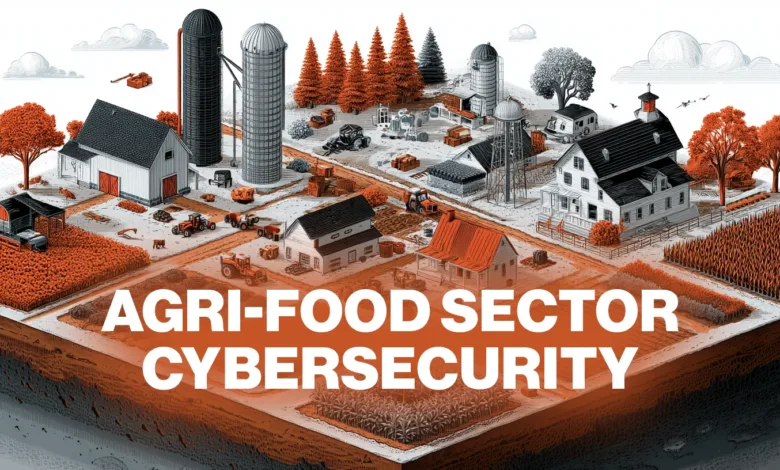Cybersecurity Risks Threaten the Global Food Supply Chain

▼ Summary
– The agri-food sector faces growing cybersecurity threats, including ransomware, data theft, and bioterrorism, as digitalization expands vulnerabilities.
– Cyberattacks disrupt food production, causing costly relocations, delays, and financial losses, with small and large businesses equally at risk.
– Attacks compromise food safety and public trust by spoiling perishable goods and creating shortages, as seen in incidents at Stop & Shop and Whole Foods.
– Many agribusinesses lack robust cybersecurity due to outdated systems, weak employee training, and reliance on foreign technology like Chinese drones and sensors.
– Governments are responding with initiatives like the EU’s NIS2 Directive and USDA’s National Farm Security Action Plan, promoting protections and public-private collaboration.
The global food supply chain faces unprecedented cybersecurity risks that could disrupt production, drive up prices, and threaten public safety. As farms, processing plants, and distribution networks become increasingly digitized, outdated systems and insufficient protections leave them vulnerable to sophisticated cyber threats.
Ransomware, data theft, and foreign malware now rank among the top dangers to agriculture, according to the FBI. The first quarter of 2025 saw 84 reported ransomware attacks, more than double the previous year’s figures. These incidents don’t just paralyze operations; they force costly relocations of crops, strain resources, and endanger livestock. A Swiss dairy farmer, for example, lost a pregnant cow after hackers compromised his milking robot’s data.
Nation-state actors could exploit these weaknesses to destabilize food supplies, particularly amid geopolitical tensions. Attacks that halt production risk shortages, inflated prices, and eroded consumer trust. Recent breaches at major grocery chains like Stop & Shop and Whole Foods demonstrate how cyber incidents directly impact food availability.
Beyond financial losses, compromised systems pose public health risks. Temperature control failures can spoil perishable goods, creating safety hazards. Yet many agribusinesses, especially smaller ones, still rely on obsolete software and lack employee training to counter phishing or social engineering tactics.
Foreign-made drones and sensors introduce additional vulnerabilities, with some equipment potentially containing backdoors for unauthorized access. Governments are responding: the EU now classifies food businesses as critical infrastructure under NIS2, while U.S. agencies like CISA and the USDA have rolled out guidelines and initiatives such as the National Farm Security Action Plan.
Strengthening defenses demands multi-factor authentication, frequent system updates, and cross-sector collaboration. Without urgent action, cyber threats could destabilize one of society’s most essential systems, our food supply.
(Source: HelpNet Security)

